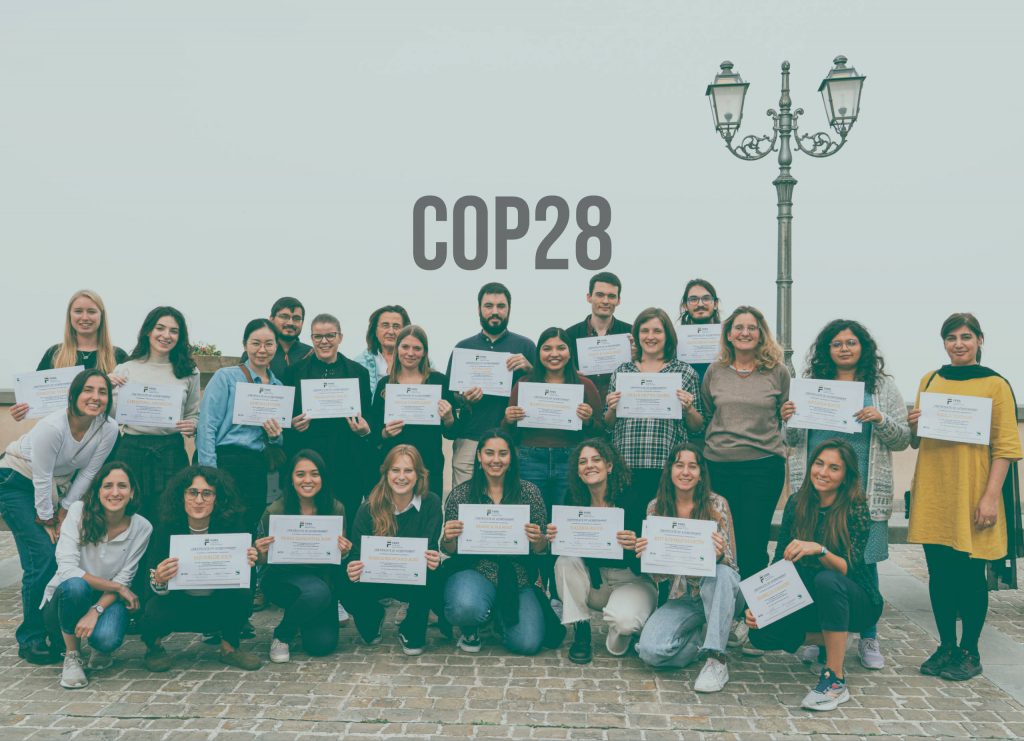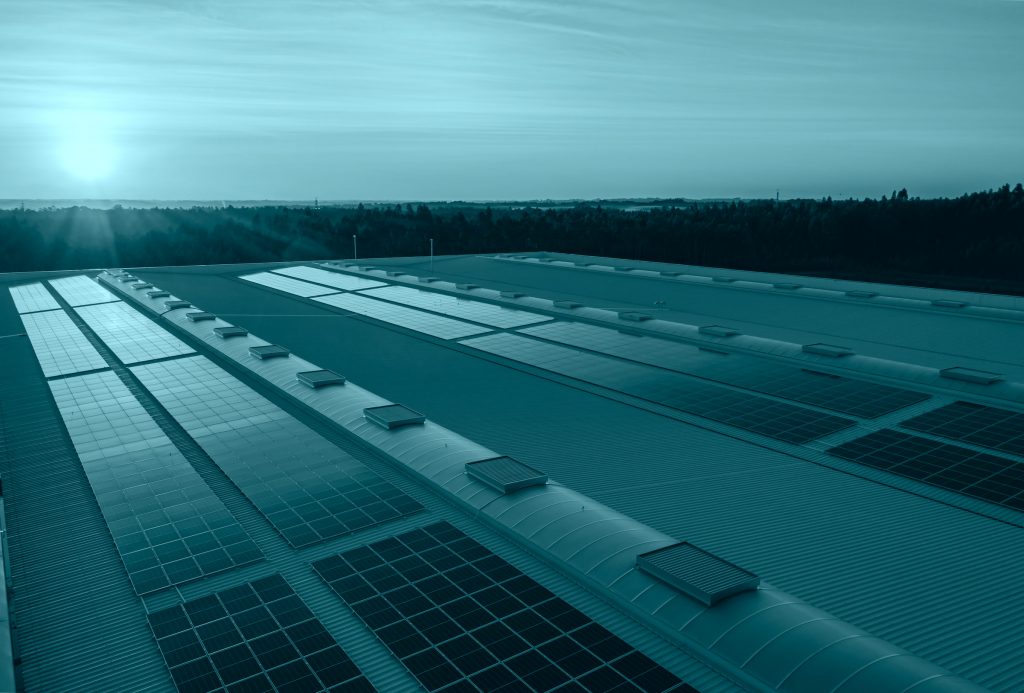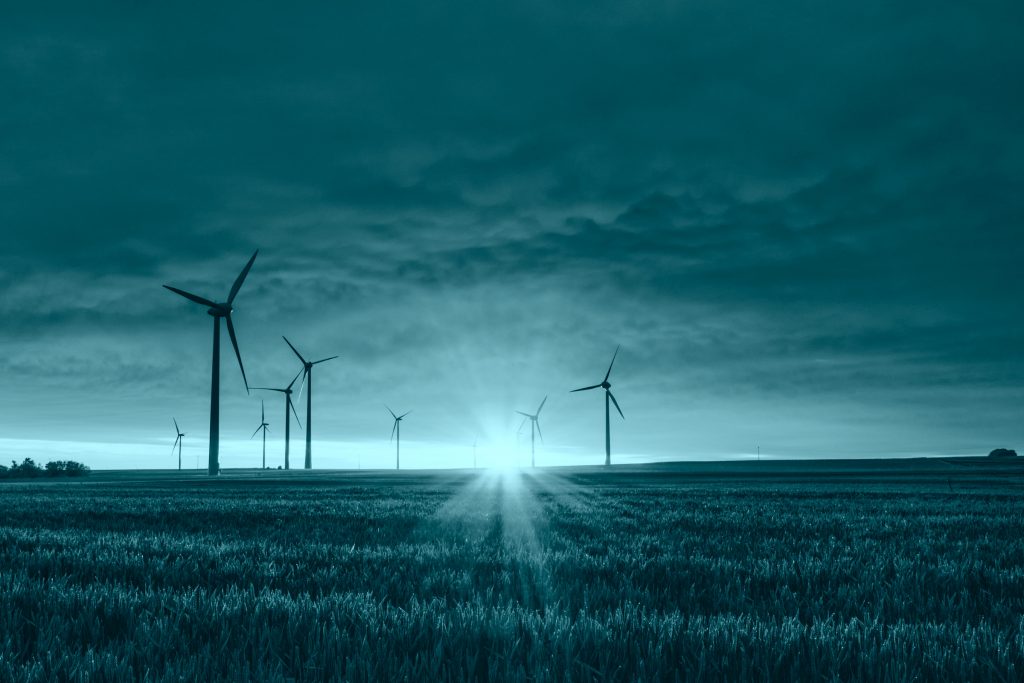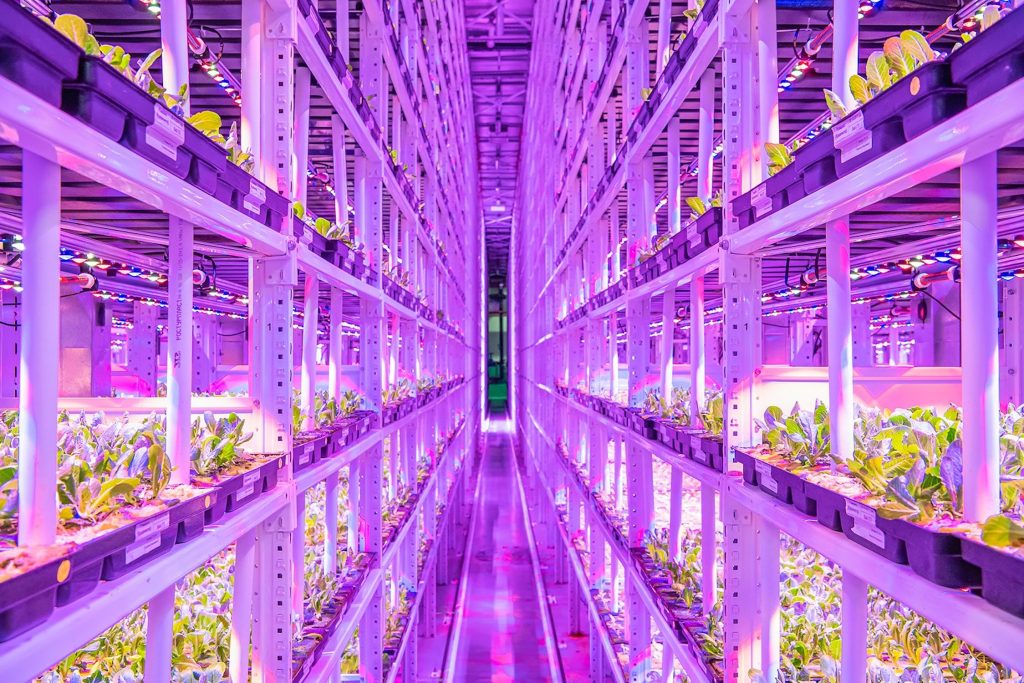
Backwards or forwards? Climate policy and the EU elections
Between 6-9 June 2024, voters across the EU will decide on the next European Parliament, and in the process, set the course for the bloc’s next five years of climate policy. Polls and experts suggest that, although climate issues continue to be a key concern, the next EU Parliament may dilute climate policy. The issue however, is not with the climate policies themselves, but which climate policies are being implemented.











